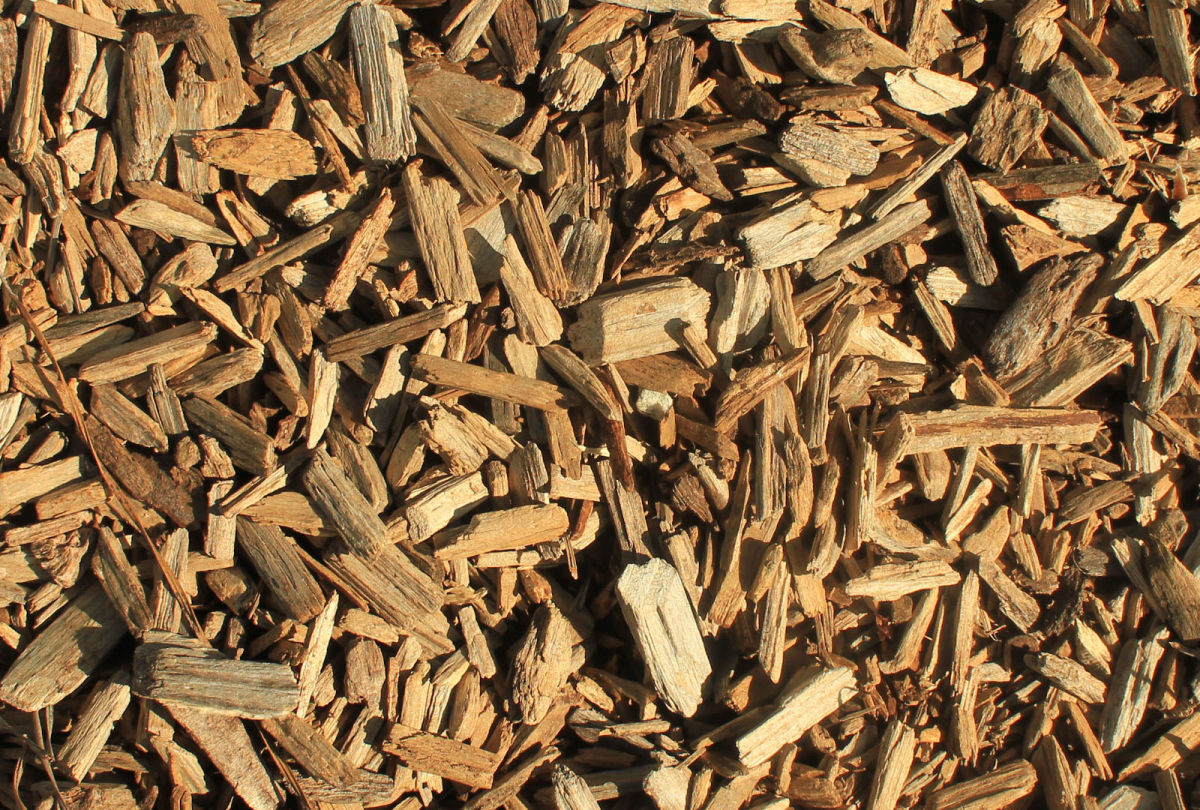

Project totaled 640 acres including 1256 Residential Lots. EHRA designed, created construction plans, publicly bid and preformed Construction management.
EHRA completed preliminary engineering, phase one environmental site assessment and schematic development for the widening of Northpark Dr. between US 59 and Woodland Hills Dr. EHRA also provided program management, drainage analysis and design, traffic engineering, environmental documentation and schematic design for the roadway, as well as grade separation at the Loop 494/UPRR railroad crossing.
EHRA conducted traffic operations and access management studies for the Northpark Dr. corridor. This corridor is approximately 2.2 miles long and has major signalized and unsignalized intersections and driveways that access various subdivisions and industrial developments. These studies laid the groundwork for the widening of Northpark Dr. from a four-lane boulevard cross-section to a six-lane boulevard complete street. The new street design includes low impact development drainage, conventional drainage, a grade separation at the UPRR crossing with mechanically stabilized earth retaining walls, two at-grade crossings for bi-directional frontage access, reconstruction of two concrete bridges over a diversion channel, intersection improvements, a roadway-adjacent multiuse path and traffic signal improvements.
Drainage analysis and design included hydrologic and hydraulic studies of both existing and proposed conditions to demonstrate that proposed project components would not adversely affect the 100-year floodplain in the area. The roadway and traffic designs contained horizontal and vertical alignments, cross-sections, plan and profile, sidewalk and bicycle accommodations, intersection layouts, traffic control plans and signing and pavement markings.
As the program management firm, EHRA coordinated with TxDOT, UPRR, the City of Houston Council District E, COH Planning and Development Department, COH Public Works and Engineering Department, Montgomery County, Harris County, HCFCD and area residents throughout the project.
In 2006, Caldwell Companies sought to create Towne Lake as a community where residents and services could be connected by water. Their vision included boat docks and marinas augmenting traditional walking trails to navigate a vibrant residential community. EHRA was the perfect partner to take Caldwell Companies’ vision and create this livable suburban oasis.
Engineering design and construction phase services of water, sewer, drainage and paving for four subdivision sections and off-site channel (123 acres out of a 400 acre subdivision). There was 60-feet of elevation difference on this site and wooded lots were left in their natural state which required the installation of retaining walls.
EHRA offered its Landscape Architectural services to complete a Parks and Trails Master Plan for the District.
Striking just the right balance between softness and sturdiness, balsa wood is a choice material for crafting anything from model airplanes to full-size wind turbine blades. Scientists in the United States and China have opened up a new realm of possibilities for balsa by hijacking its natural structure with chemical and physical treatments to transform it into a "wood carbon sponge" capable of enduring repeated compression and other extreme mechanical conditions. Their work appears March 1 in the journal Chem.
"Our results reveal that rigid and incompressible balsa can be made highly compressible by a chemical treatment and carbonization process, yielding a wood carbon sponge with mechanical compressibility and fatigue resistance and electrical response sensitivity surpassing those of most reported compressible carbonaceous materials," says co-senior author Liangbing Hu, a nano-engineer and materials scientist at the University of Maryland, College Park (UMD)'s A. James Clark School of Engineering. "Since this wood carbon sponge is fabricated completely from natural wood with a simple and cost-effective method, the source material is also exceptionally renewable and sustainable, as opposed to popular options like carbon nanotubes or graphene."
The authors achieved the bendable yet resilient architecture of the wood carbon sponge by using common chemicals to destroy the stiff hemicellulose and lignin fibers that maintain the normal cell-wall structure of the balsa wood and then heating the treated wood to 1,000?C in order to turn the organic material into carbon alone. The net effect of the process was to collapse the repeated, regular, rectangular pockets typical of the microstructure of balsa and other woods and replace them with a stack of wavy, interlocking, arch-like carbon sheets, likened by Hu to a cross between a coiled spring and a honeycomb.
Whereas normal carbonized wood, obtained from only the heating step without any chemical modifications, is so fragile that any reasonable applied force pulverizes it irreversibly into ash and dust, the wood carbon sponge withstood and rebounded from substantial compression for up to 10,000 consecutive trials before deformation set in. Such a performance initially surprised the research team, which was also headed by Teng Li, a mechanical engineer at the University of Maryland, College Park, and Jia Xie, an electrical engineer at the Huazhong University of Science and Technology (China).
After conducting further mechanical and electrical tests on the sponge, the researchers were able to incorporate a slice of it into a strain sensor prototype suitable for attachment to a human finger, a quality desirable for use in wearable fitness or health-monitoring electronics.
The researchers believe that the wood carbon sponge material could also be incorporated into water-purification devices and energy storage and conversation technologies, such as supercapacitors and rechargeable batteries. "The abundant applications illustrate the value of a strategy that explores the hidden potentials of natural materials, such as trees, by drawing inspiration from other natural structures and sources," Hu says.
This work was supported by the Maryland NanoCenter.
Source: Science Daily
